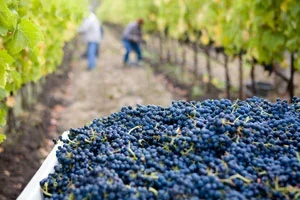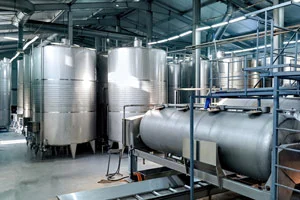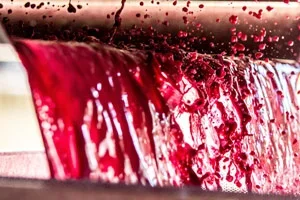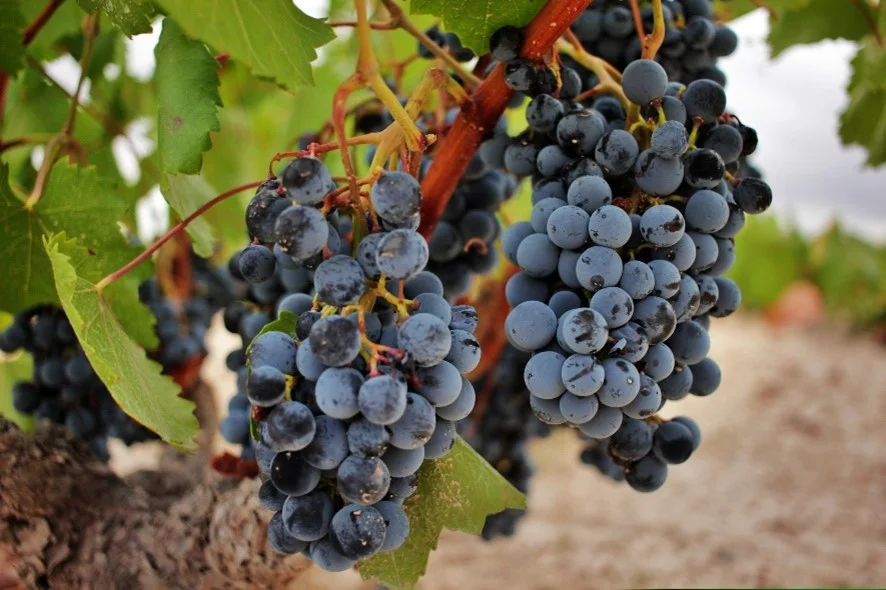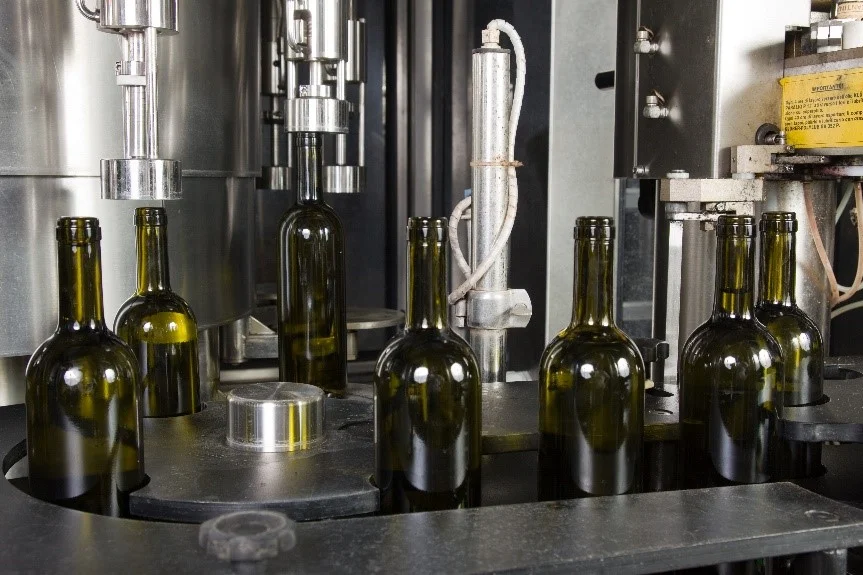What would you think if someone gave you a good wine, but instead of giving you a bottle, it was a can of wine, a bag in box, or an aluminium or cardboard bottle?
Surely, many people would think that a canned wine cannot have a high score from the prestigious Parker, nor one that is packaged in a cardboard box with a tap (Bag in box or BIB), much less if the bottle, even with a nice design, is made from cardboard or aluminium. But, in the wine market, there are more and more alternatives available to wineries to surprise their consumers and adapt to their lifestyle and needs in order to differentiate themselves from the competition and, above all, reduce their carbon footprint. The fact is, when considering the conventional glass bottle, at some wineries, 40% of the carbon footprint may be related to emissions associated with the bottle.
The different containers dedicated to packaging wine as we know it today are struggling to gain a foothold in the market, highlighting attributes such as appearance, comfort, durability, versatility, and, above all, sustainability, which should be imposed as a rule, but which is normally at odds with the other aspects that make us judge the quality of the content by the container.
For example, in the case of glass, if we take into account the weight of the empty bottle (between 400 and 600gr), full and with its label, cork and capsule (between 1.2 and 1.4kg for still wine), 40% of the carbon footprint could be related to the emissions associated with the bottle, taking into account, in addition to the material, the entire production process and its subsequent transport and the related emissions.
If we opt for Bag in Box packaging, or BIB, as it is commonly known, we must bear in mind that 80% of the material is completely recyclable and it is the packaging with the best carbon footprint in its category, according to a life cycle analysis (LCA). The carbon footprint of a classic 75 cl glass bottle is 875 kg CO2, while that of a 5 litre Bag-in-Box is only 170 kg CO2, that is, 8 times less. If we take transport into account, in the case of folded BIBs, they require six times fewer vehicles than the transport of 75cl glass bottles. If we do the calculations for one million litres, we would need 36.8 trucks for traditional bottles, compared to just 6.4 for the BIBs.
If we think of the classic beer packaging system such as cans, there are also significant advantages when it comes to reducing the environmental impact, since the container is made of aluminium, a 100% recyclable material. In addition, because it weighs less than glass, the impact of the carbon footprint is reduced by 35%.
The cans have another series of advantages that many winemakers are evaluating positively, such as the convenience when consuming at the moment, as well as the fact that the can allows the liquid to be cooled more quickly and keeps it cold for longer. If instead of being a can it is an aluminium bottle, the comfort is greater since it allows the bottle to be opened and closed with a screw cap as many times as necessary, making it possible to transport it without the risk of spilling its contents and without the need for having to finish the content on the spot to transport it.
Durability is another advantage of this new type of packaging that is being imposed in some countries, especially in the US. They are containers that do not break easily and their inner lining protects the wine from contacting the aluminium directly. In addition, being opaque, it protects the wine from any direct external light, extending the life of the product.
WINE IN CANS
A study carried out by the Nielson consulting firm shows that the growth in canned wine consumption already represents a business of 45 million dollars in the United States and an increase in production of 59.5% in one year. It is, therefore, the highest percentage of growth ever accounted for among all alternative containers. If we talk about the advantages of canned wine, we could say that this type of packaging is more attractive to certain consumers, especially younger ones, who perceive this type of alternative as something new and current, easier to open than a corked bottle, lighter and easier to transport than bottled ones to take anywhere, especially where glass is prohibited, they are usually cheaper than a 75 cl bottle since they are smaller and lighter, they can be sized for volume and price, they are more ecological, easy to transport, resistant and durable. Etc.
But it also has some drawbacks, such as that it is not compatible with all types of wine, something that must be taken into account when planning the commercial strategy of any brand.
These and other aspects are taken into account by wineries when choosing one type of container or another when presenting a product on the market. Advisement in this area is essential, since the success of a product and its image often depend on this. The Agrovin Group, with more than 60 years of experience in the wine https://agrovin.com/sector, has a large team of professional experts dedicated to advice and consultancy working for and with wineries.
The group has a wide portfolio of machinery and packaging systems for wine, as well as for oils and other liquid food products, prepared to make use of different containers, being responsible at all times for planning, consulting, technical support and commissioning of the complete packaging line for both bottles and cans, aluminium bottles and BIB.
For more information about the Agrovin Group’s packaging lines, contact us here: info@agrovin.com
